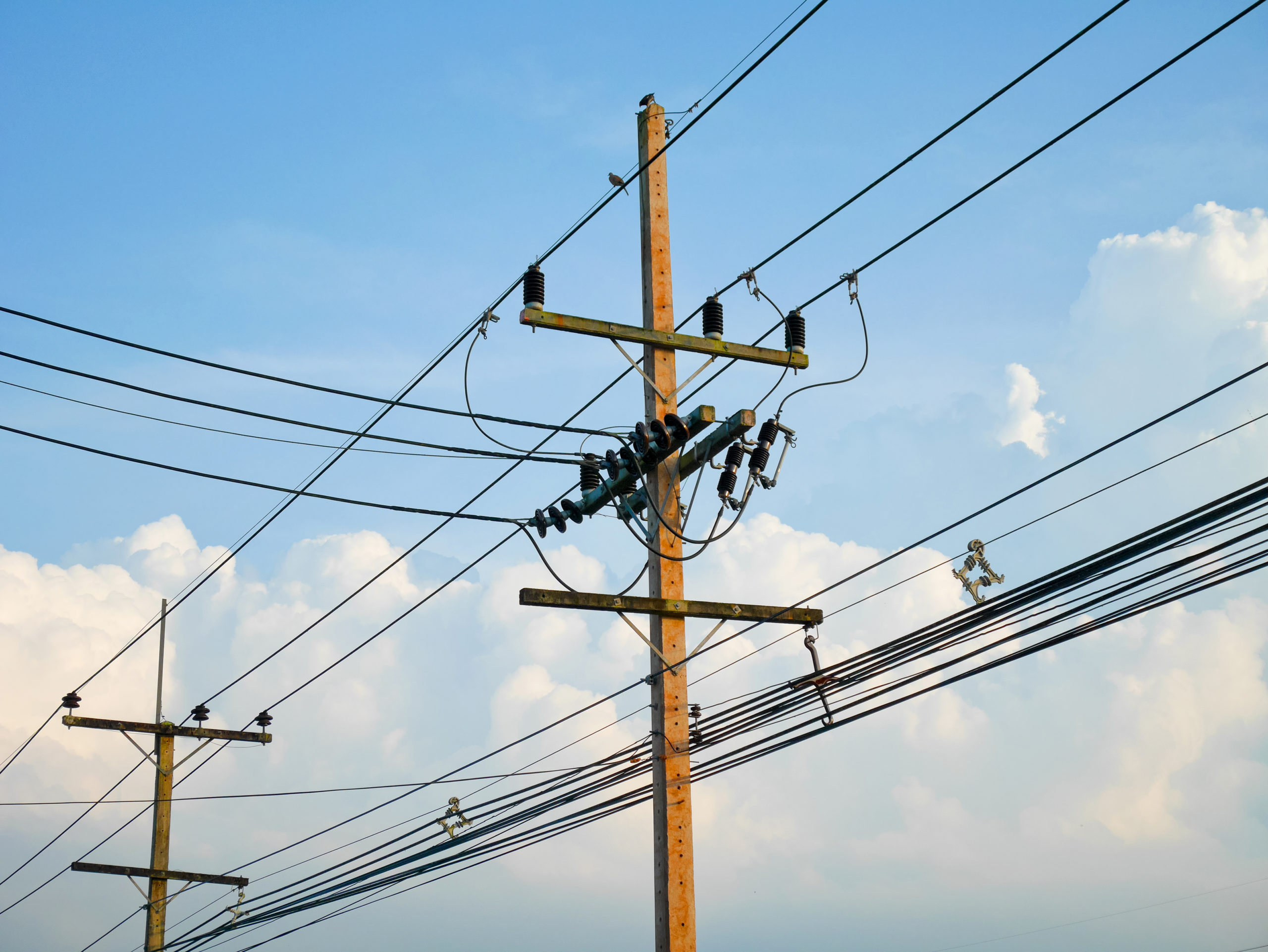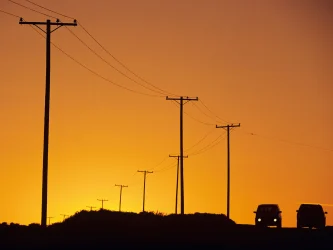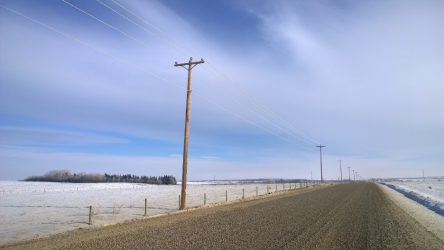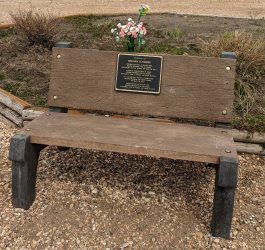One of the messages the Federation puts on materials distributed to our members is that we are here to support you in sustaining the REA way of life in rural Alberta. It’s a message that tries to get to the heart of why we do what we do. But we print it and read it so many times, it’s easy to stop noticing it.
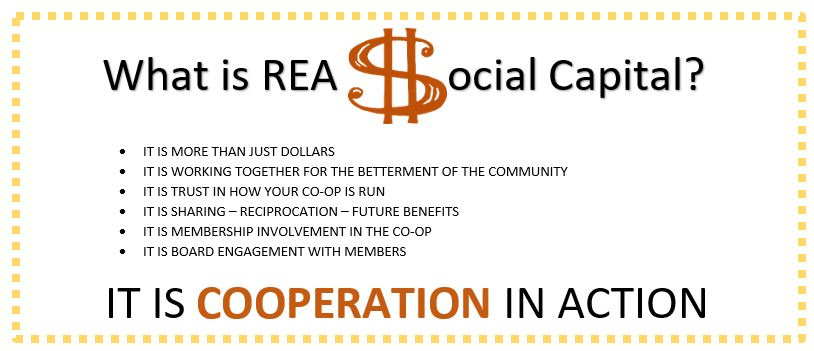
Social Capital Does Your REA Have Any?
Nothing other than an REA co-op could have brought power to rural Alberta because there was no social or community will within government or the private sector to overcome the cost hurdle. That social will, or social capital still exists today in many rural communities. It shows up in the form of a rural Albertan helping a neighbour plant their crop when sickness gets in the way. It evidences itself in communities that rally around families who have lost loved ones, to ensure things get done on the farm that need to be done. Social capital is present when humans come together to cooperate and support one another in meeting a need.
It’s that simple and that complicated.
REAs started with lots of social capital but over time some have lost touch with how to maintain and build it. Others have failed to pass the principles of social capital on to the next generation. This isn’t unique to REAs. Studies in the cooperative sector show co-ops, like any other organization, have a life-cycle. It is normal for co-ops to go through periods of waning social capital.
The big question is what are you going to do about it?
Maybe it is time to get a read on your REA’s social capital and then take action. You may need to perform emergency resuscitation, or you may just need to apply some TLC. Whatever the level of response, one thing is certain – your REA co-op will not survive and thrive without a strong dose of social capital at work and in action.
It is common to experience lots of cooperation and participation by your members when a co-op is new and then to see that level drop and complacency set in. The health of an REA, like any co-op, is tied to the member community and the level of trust and participation in the organization. Coming together to fill a community need fuels social capital. But then what do you do? After sixty or seventy years of mundane existence, social capital can disappear.
The Secret of Social Capital
What is the secret to building and maintaining social capital for the long haul? The secret is to develop and constantly earn from our members the same trust and social will to get involved that the REA had when it first started. It is the trust between people to take risks together as a community for the good of the community. It is the confidence in the membership that elected Boards are acting in good faith for the good of the whole. It is trust in the co-op itself as a mechanism that benefits the community. When people trust how the co-op is being run and show up to help, the future becomes far more inviting and exciting. People reciprocate. They share. This whole bundle of goods is ‘social capital.’ It’s nothing less than all of us cooperating with one another to meet the needs of our community.
Has your REA maintained and grown its social capital or is it time for some TLC?

